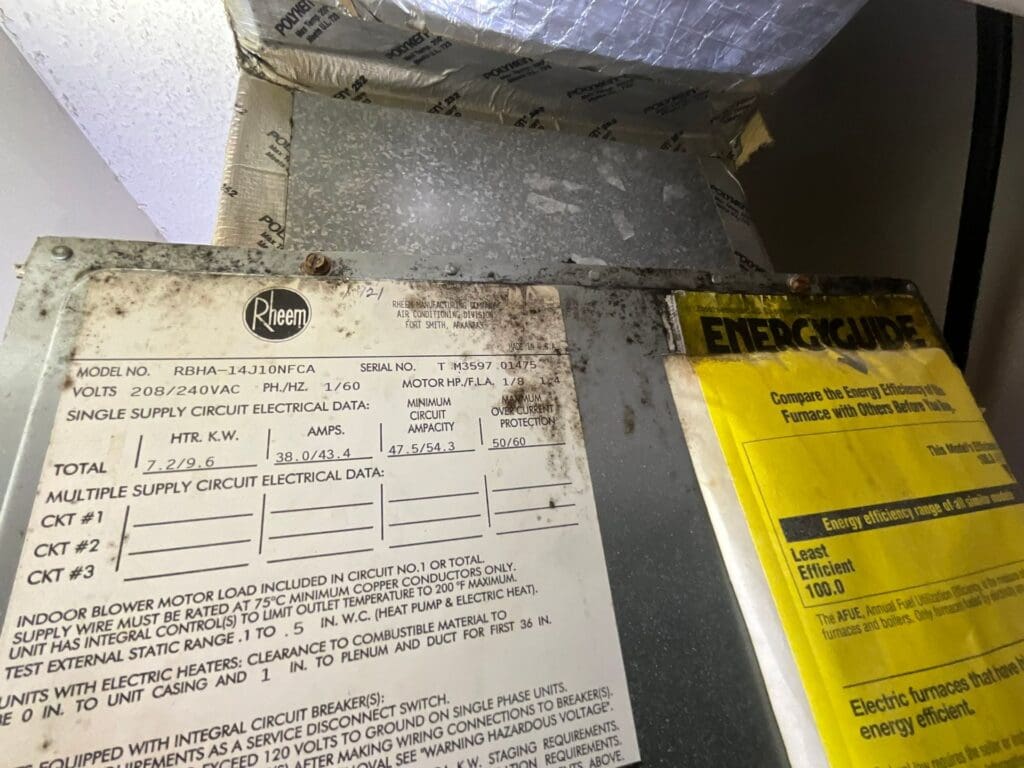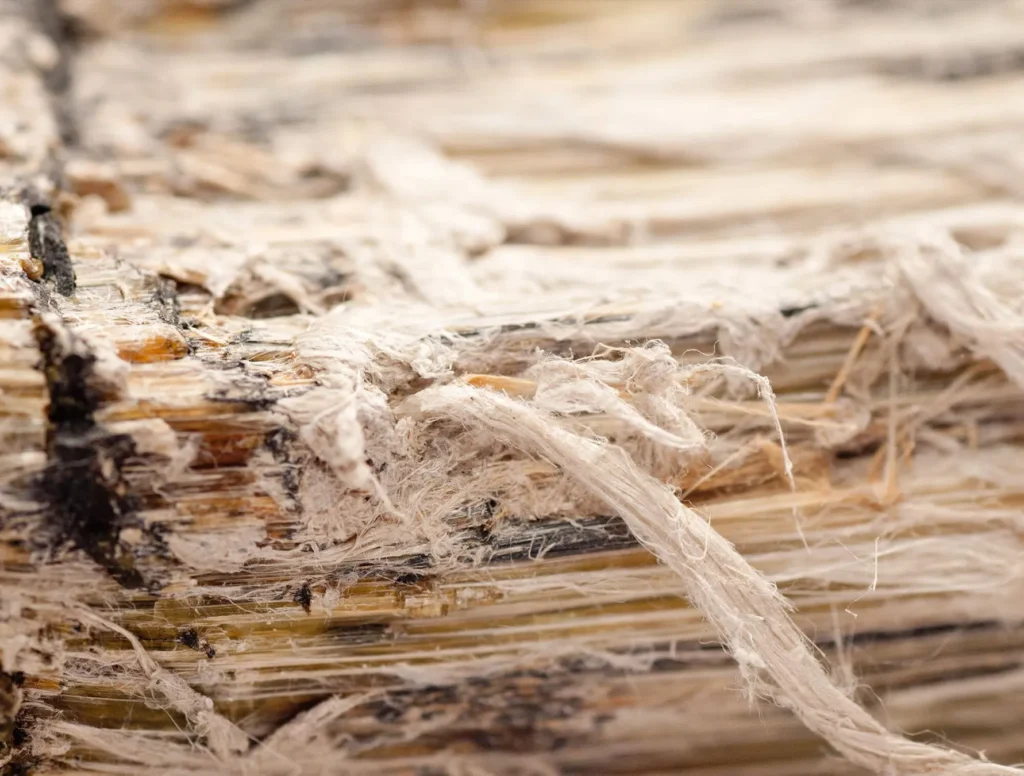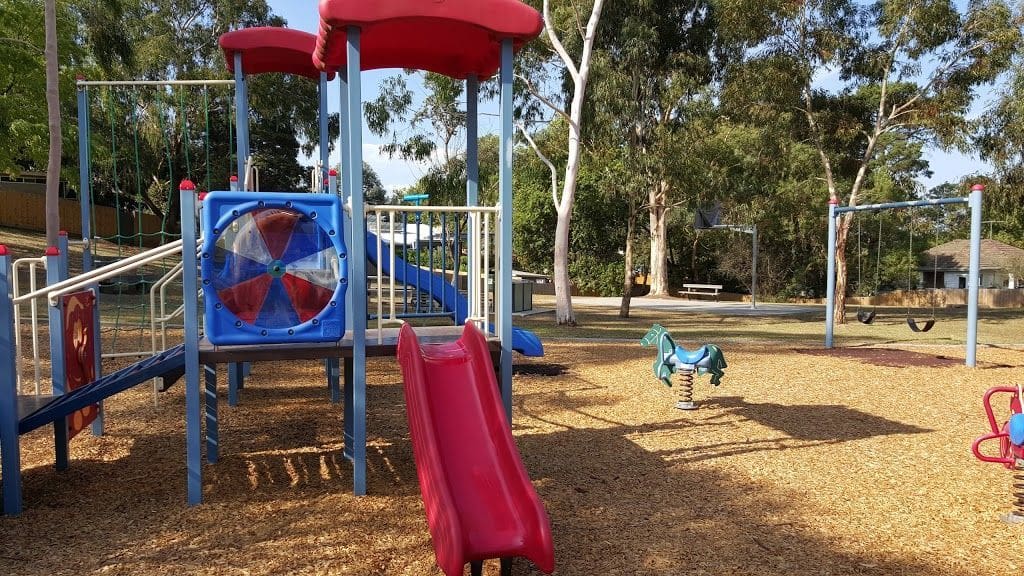Don’t Ignore These Signs! How Mold Testing Can Save Your Health and Your Property

In today’s world, maintaining a healthy indoor environment is crucial for both comfort and health. Sick Building Syndrome (SBS) and Building Related Illness (BRI) highlight the importance of good indoor air quality (IAQ). SBS refers to situations where building occupants experience acute health issues linked to time spent in a building, with no specific illness identified. In contrast, BRI is diagnosed when symptoms of illness can be directly attributed to airborne contaminants in a building.
According to a 1984 World Health Organization Committee report, up to 30% of new and remodeled buildings worldwide may face excessive complaints related to IAQ. This alarming statistic underlines the need for professional indoor air quality services like those offered by EnviroPro 360.
What is Sick Building Syndrome?
Sick Building Syndrome (SBS) is a condition where occupants of a building experience acute health effects that seem to be linked to time spent in the building, but no specific illness or cause can be identified. Symptoms of SBS can include headaches, dizziness, nausea, eye, nose, or throat irritation, dry cough, dry or itchy skin, difficulty in concentrating, fatigue, and sensitivity to odors. Unlike Building Related Illness (BRI), which is diagnosed when symptoms of illness can be directly attributed to airborne contaminants in a building, SBS is more elusive and harder to pinpoint.
What Causes Sick Building Syndrome?
Several factors contribute to SBS, including:
- Inadequate Ventilation: Poor ventilation can lead to a buildup of indoor pollutants.
- Chemical Contaminants: These can come from indoor sources like adhesives, carpeting, upholstery, manufactured wood products, copy machines, pesticides, and cleaning agents.
- Biological Contaminants: Mold, bacteria, pollen, and viruses can thrive in damp environments and contribute to SBS.
The Role of Mold in Sick Building Syndrome
Mold is a significant contributor to SBS. It thrives in damp, humid environments and can grow on various surfaces, including walls, ceilings, and HVAC systems. Mold releases spores and volatile organic compounds (VOCs) into the air, which can cause respiratory issues, allergies, and other health problems. Symptoms of mold exposure include coughing, chest tightness, fever, and allergic reactions.
Sick Building Syndrome Testing
Testing for SBS involves a comprehensive assessment of the building’s indoor air quality. This includes:
- Air Sampling: Collecting air samples to detect the presence of pollutants.
- Surface Sampling: Checking surfaces for mold and other contaminants.
- HVAC System Inspection: Ensuring the HVAC system is clean and functioning properly.
- Occupant Surveys: Gathering information from building occupants about their symptoms and experiences.
Professional testing services are crucial for accurately identifying the sources of SBS and implementing effective remediation strategies.
How to Prevent Sick Building Syndrome
Preventing SBS involves several proactive measures:
- Improve Ventilation: Ensure adequate ventilation to reduce the concentration of indoor pollutants.
- Control Moisture: Address any sources of moisture to prevent mold growth.
- Use Low-Emission Products: Choose building materials and cleaning products that emit fewer VOCs.
- Regular Maintenance: Conduct regular inspections and maintenance of HVAC systems and other building components.
What is Sick House Syndrome?
Sick House Syndrome (SHS) is similar to Sick Building Syndrome (SBS) but specifically refers to residential buildings. SHS occurs when occupants of a home experience health issues that seem to be linked to time spent in the house, with no specific illness identified. Symptoms of SHS can include headaches, dizziness, nausea, eye, nose, or throat irritation, dry cough, dry or itchy skin, difficulty concentrating, fatigue, and sensitivity to odors. These symptoms often improve when the occupants leave the house and return when they come back.
Differences in Testing for Sick House Syndrome
While the testing methods for SHS and SBS share similarities, there are some differences due to the nature of residential versus commercial buildings:
- Scope of Inspection: SHS testing often involves a more detailed inspection of living spaces, including bedrooms, kitchens, and bathrooms, where mold and other contaminants might be present.
- Focus on Household Products: Testing for SHS may place greater emphasis on household products that can emit volatile organic compounds (VOCs), such as cleaning agents, air fresheners, and personal care products.
- Radon Testing: Homes are more likely to be tested for radon, a radioactive gas that can accumulate in residential buildings and pose serious health risks.
- Pest and Pet Dander: SHS testing may also include checking for pest infestations and pet dander, which can contribute to poor indoor air quality.
By addressing these specific factors, SHS testing aims to identify and mitigate the sources of indoor air pollution in homes, ensuring a healthier living environment for residents.
Why Mold and Air Quality Testing is Essential
Mold testing is essential for identifying hidden mold that can contribute to SBS. However, it’s also crucial to test for other contaminants that can affect indoor air quality, such as:
- Chemical Pollutants: VOCs from building materials and cleaning products.
- Biological Contaminants: Bacteria, viruses, and pollen.
- Particulate Matter: Dust, dirt, and other particles that can be inhaled.
By conducting comprehensive air quality testing, you can identify and address all potential sources of indoor air pollution, ensuring a healthier environment for building occupants.
EnviroPro 360’s Mold and Air Quality Testing Services
EnviroPro 360 offers state-of-the-art mold and air quality testing services designed to provide accurate and reliable results. Our experienced professionals use advanced equipment and techniques to identify mold presence and other contaminants. Here’s what sets us apart:
- Thorough Inspections: Our team conducts detailed mold and air quality inspections of your property, identifying potential mold sources and assessing overall IAQ.
- Advanced Testing Methods: We use cutting-edge technology to detect mold spores, VOC levels, and other pollutants, providing comprehensive insights into your building’s air quality.
- Customized Solutions: Based on our findings, we offer tailored solutions to address mold issues and improve IAQ. Our recommendations are designed to fit your specific needs and budget.
- Education and Communication: We believe in educating our clients about the importance of IAQ and the risks associated with mold exposure. Our team communicates clearly and effectively, ensuring you understand the steps needed to maintain a healthy environment.
EnviroPro 360’s Service Area
EnviroPro tests for air quality and mold across the southeast region surrounding Augusta, GA including the Georgia cities of: Augusta, Savannah, Macon, Warner Robins, Athens, Martinez, Statesboro, Evans, Milledgeville, Grovetown, and the South Carolina cities of: Columbia, Greenville, North Charleston, Rock Hill, Summerville, Sumter, Spartanburg, Hilton Head Island, Aiken, Anderson, Greenwood, Greer, Wade Hampton, Taylors, Mauldin, North Augusta, Bluffton, Lexington, Goose Creek, Newberry.


